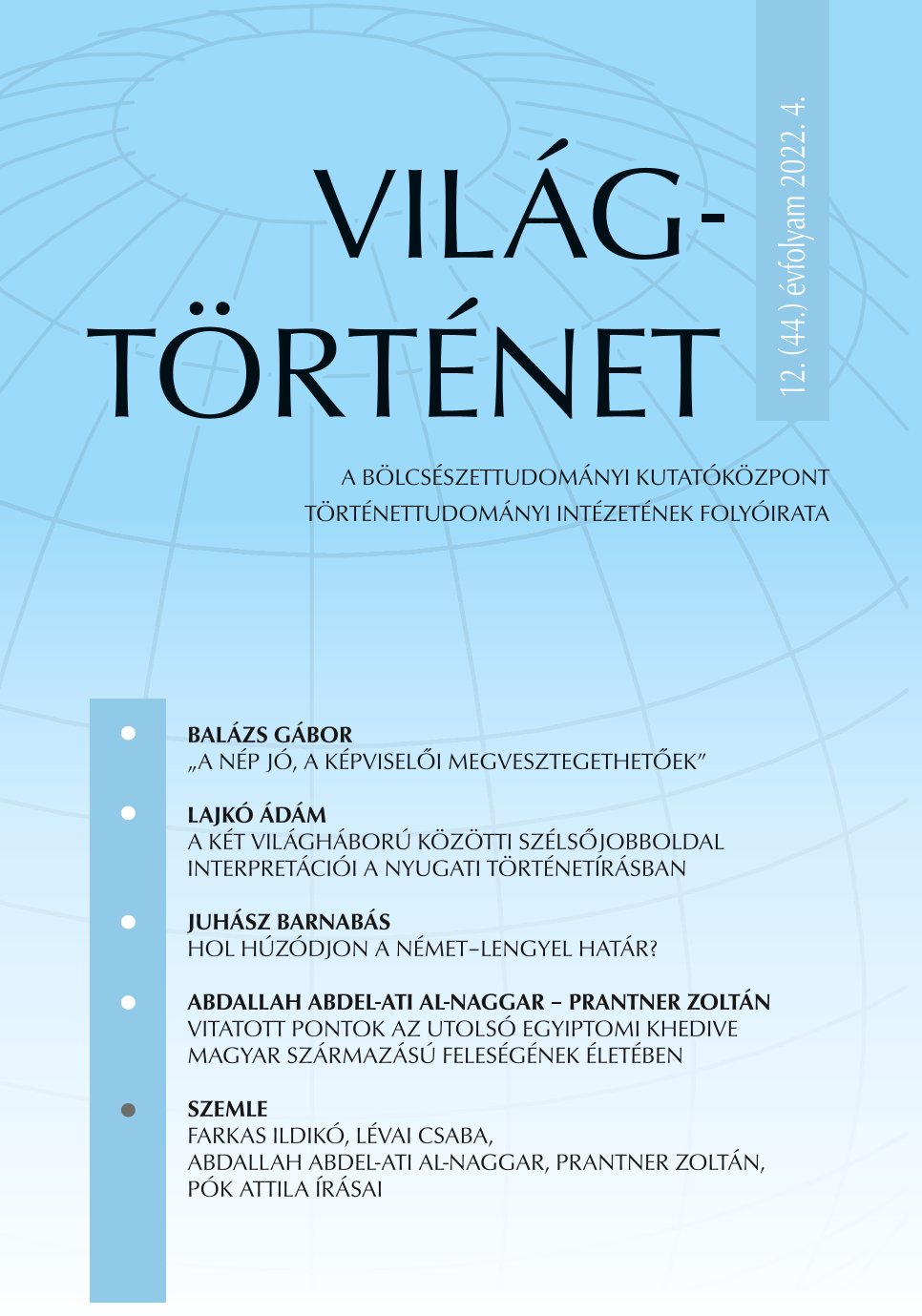Hol húzódjon a német–lengyel határ? Nemzeti önrendelkezés, területi követelések és harc a szénmezőkért Felső-Sziléziában a nagy háború után
Where Should the German–Polish Border Be Drawn? National Self-Determination, Territorial Claims and the Struggle for the Coalfields in Upper Silesia after the Great War
Author(s): Barnabás JuhászSubject(s): Interwar Period (1920 - 1939)
Published by: Magyar Tudományos Akadémia Bölcsészettudományi Kutatóközpont Történettudományi Intézet
Summary/Abstract: Although many believed the November 1918 armistices brought the desired peace back to the everyday life, the soon coming events proved quite the opposite. Despite all the efforts of contemporary great statesmen of both the victors and the losers, Eastern and Central Europe still had to experience a new wave of regional conflicts. By the collapse of the dominant empires and the weakening of state power many formerly suppressed nations and minorities had the historical opportunity to redraw the map of Europe at their own pleasure. One of the crucial territories was Upper Silesia, laying on the eastern border Germany–whose post-war future was far from being certain but still wanted to maintain its Central European influence–and on the southwestern border of the newly resurrected Poland, which struggled to regain its former power lost more than a century before. For its ethnically mixed population both states’ nationalist factions claimed Upper Silesia inseparably belonged to them and in the middle of the post-war economic crisis none of them wanted to risk losing a region with developed industry and various natural resources.
Journal: Világtörténet
- Issue Year: 2022
- Issue No: 4
- Page Range: 635-658
- Page Count: 24
- Language: Hungarian

